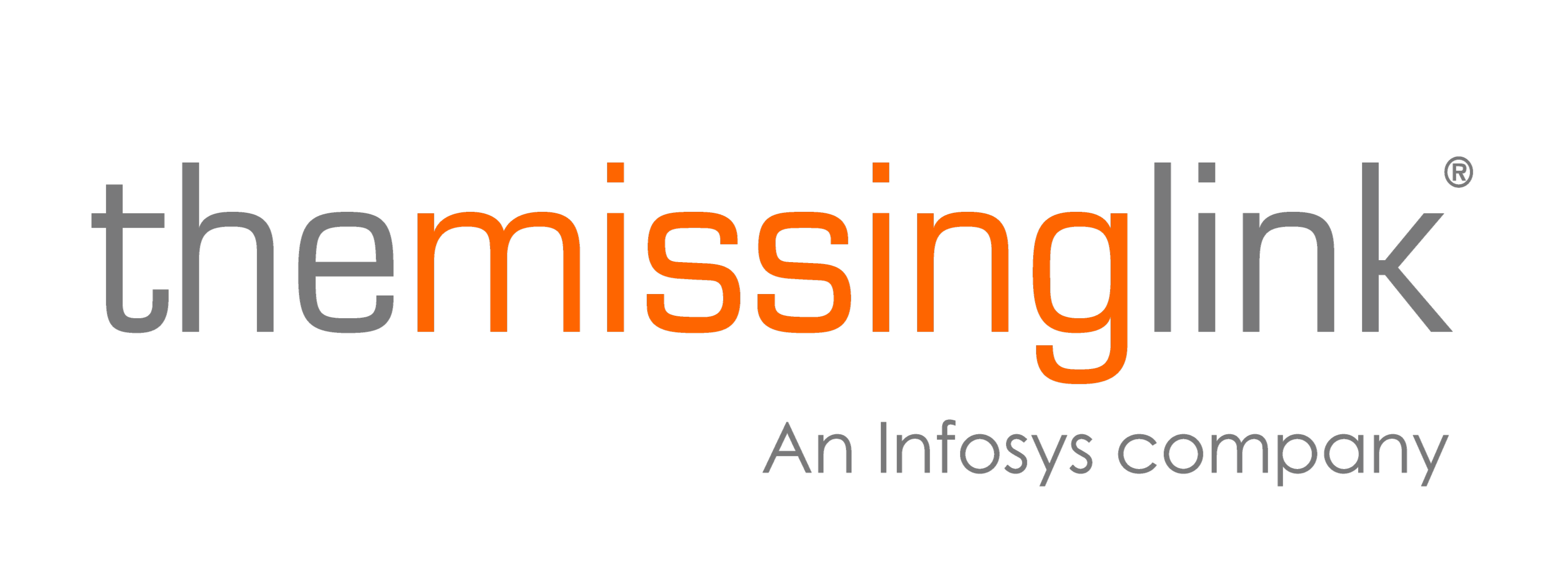In Part 1 of this series, we explored how Identity and Access Management (IAM) is central to cyber resilience, limiting attacker movement, enabling faster recovery, and strengthening overall defence. Now, we shift focus to where IAM fits in a Zero Trust Network Access (ZTNA) strategy.
Zero Trust is no longer just a buzzword or aspirational goal. It’s a practical, widely adopted security framework that helps organisations adapt to evolving threats and decentralised IT environments. With the global Zero Trust market projected to surpass AUD 34.5 billion in 2025, it’s clear the model has shifted from theory to necessity.
But in the rush to implement Zero Trust, many businesses focus first on network architecture, device controls, or micro-segmentation while overlooking the foundation that makes Zero Trust effective: identity.
Identity is the control plane of Zero Trust. Without it, ZTNA is fragmented and incomplete. A strong IAM framework enables:
- Verifying who users are before granting access
- Enforcing least-privilege access across all systems
- Controlling access to apps, data, and infrastructure based on context
If IAM is weak or misaligned, the Zero Trust model breaks down. Attackers can bypass controls, users accumulate unnecessary privileges, and risk remains hidden in plain sight.
 Common Gaps When IAM and ZTNA Aren’t Aligned
Common Gaps When IAM and ZTNA Aren’t Aligned
Even with the right intentions, a Zero Trust strategy can falter if it isn’t underpinned by robust identity controls. When IAM and ZTNA operate in silos, gaps emerge that attackers are quick to exploit.
Here are some of the most common misalignments we see:
- Over-permissioning: Users retain access they no longer need, increasing lateral movement opportunities.
- Siloed identities: Inconsistent IAM policies across cloud, SaaS, and on-prem systems lead to fragmented enforcement and poor visibility.
- Shadow IT and unmanaged apps: Tools that sit outside official workflows can bypass ZTNA controls entirely.
- Poor visibility: Without unified identity reporting and monitoring, it’s difficult to spot risky access patterns or investigate incidents.
When these gaps persist, ZTNA outcomes are compromised. Compliance becomes harder to demonstrate, and the benefits of Zero Trust are undermined by inconsistent identity control.

Practical Steps to Align IAM with Your ZTNA Strategy
To get Zero Trust right, identity must be fully integrated into how access decisions are made and enforced. Here are six practical steps to help you close the gap:
- Centralise identity management:
Consolidate to a single identity provider (e.g. Microsoft Entra ID, Okta) for consistency across environments.
- Enforce MFA everywhere:
Apply Multi-Factor Authentication to all users and systems, especially for remote access and critical apps.
- Define and review roles regularly:
Keep RBAC policies current and based on least privilege to prevent over-permissioning.
- Leverage conditional access:
Use context such as device health, location, and user behaviour to adjust access dynamically.
- Integrate with ZTNA tooling:
Ensure IAM feeds real-time decisions into your secure access solutions, including VPN alternatives and app gateways.
- Conduct regular audits:
Review logs and entitlements frequently to identify anomalies, remove dormant accounts, and support compliance.
Aligning IAM with ZTNA enhances visibility, streamlines access control, and builds a more resilient security foundation.
The Missing Link’s IAM and Zero Trust Capabilities
At The Missing Link, we work with organisations across Australia to help them build identity-driven security strategies that support real-world Zero Trust outcomes.
Whether you're modernising legacy IAM infrastructure or embedding identity controls into a new ZTNA strategy, our approach is grounded in practical expertise and deep industry knowledge. We don’t just deploy tools, we help you design and implement frameworks that reduce risk, enhance visibility, and improve user experience.
Our team supports:
- IAM audits to identify gaps, misconfigurations, and over-permissioning
- Design and deployment of modern identity platforms such as Microsoft Entra ID and Okta
- Integration of IAM with ZTNA tools and policies for adaptive access control
- Roadmaps that align identity governance with your broader security and compliance goals
If you're looking to align IAM with your Zero Trust strategy, we’re here to help you take the next step with clarity, control, and confidence.
Reach out to our team to explore how we can support your Zero Trust journey.
In Part 3 of our IAM blog series, we’ll break down the modern IAM Stack exploring the platforms, technologies, and integrations that power resilient identity security.

 Common Gaps When IAM and ZTNA Aren’t Aligned
Common Gaps When IAM and ZTNA Aren’t Aligned